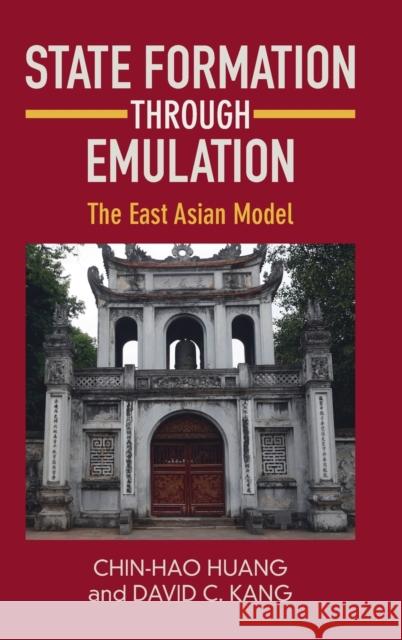State Formation Through Emulation: The East Asian Model » książka
topmenu
State Formation Through Emulation: The East Asian Model
ISBN-13: 9781009098533 / Angielski / Twarda / 2022
State Formation Through Emulation: The East Asian Model
ISBN-13: 9781009098533 / Angielski / Twarda / 2022
cena 388,28
(netto: 369,79 VAT: 5%)
Najniższa cena z 30 dni: 385,93
(netto: 369,79 VAT: 5%)
Najniższa cena z 30 dni: 385,93
Termin realizacji zamówienia:
ok. 22 dni roboczych
Dostawa w 2026 r.
ok. 22 dni roboczych
Dostawa w 2026 r.
Darmowa dostawa!
Argues that states formed in East Asia a thousand years earlier than in Europe, emulating China rather than competing with it.











